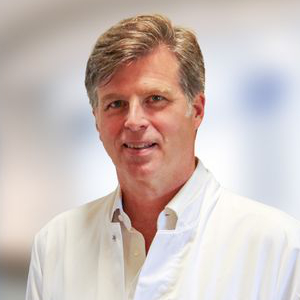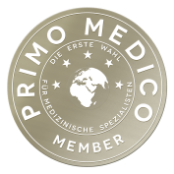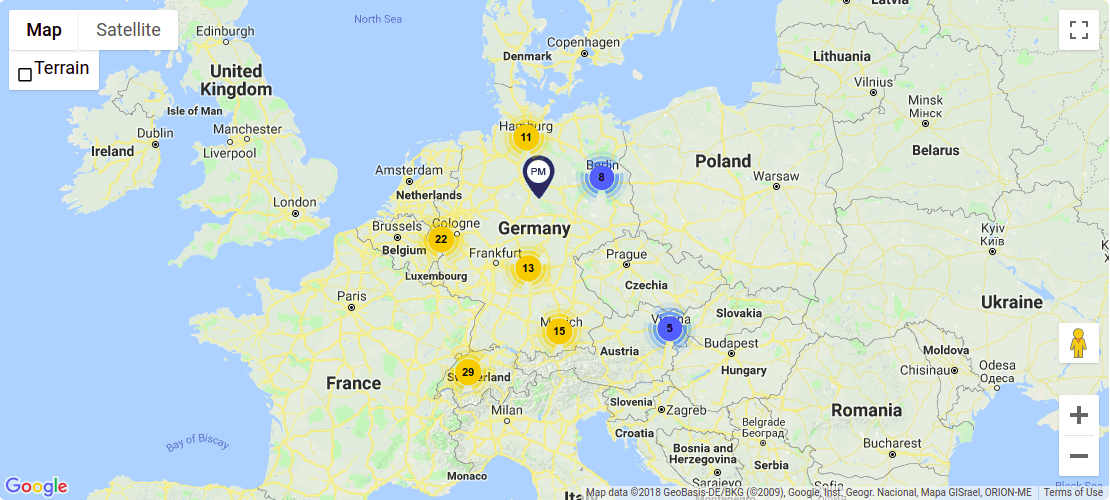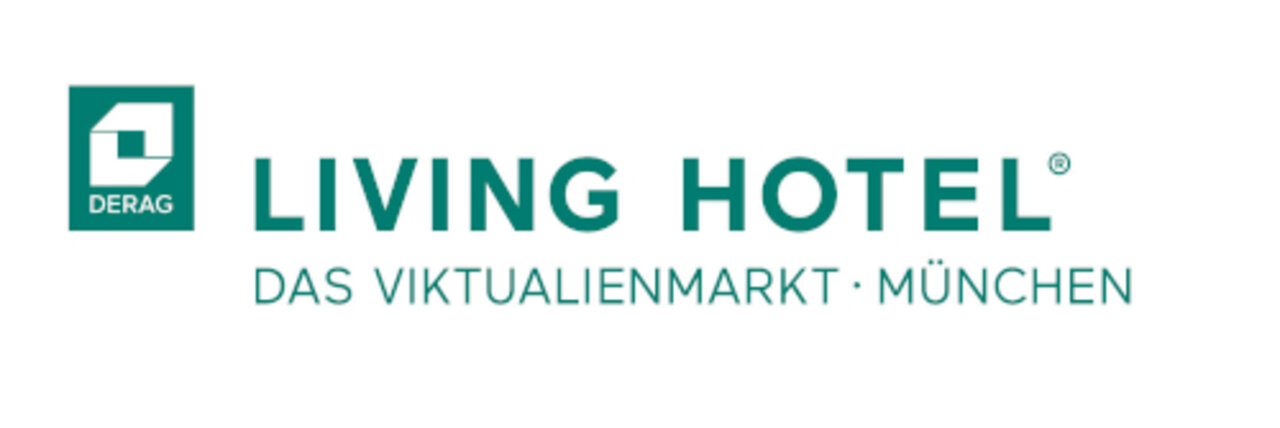Hernia Specialist in Munich (Bavaria): Dr Andreas Walter
Treatment focus
- Inguinal hernias (direct and indirect inguinal hernia)
- Umbilical hernias
- Incisional hernias (abdominal wall defects after previous surgeries)
- Upper abdominal hernias
Contact
Surgery Munich Maxvorstadt
Heßstraße 22, D-80799 Munich
P: +49 89 8967 4018 F: +49 89 2000 218 91
Consultation Hours:
Mon – Tue:
08:00 – 12:00 Uhr und 13:00 – 17:00 Uhr
Wed:
08:00 – 12:00 Uhr und 13:00 – 15:00 Uhr
Thu:
08:00 – 12:00 Uhr und 13:00 – 17:00 Uhr
Fri:
08:00 – 12:00 Uhr
Appointments by arrangement only
![[Translate to English:] Chirurgie München Maxvorstadt - Logo [Translate to English:] Chirurgie München Maxvorstadt - Logo](/fileadmin/user_upload/Aerzte/Walter_Andreas_Muenchen/Chirurgie-Muenchen-Maxvorstadt-Logo.png)
Medical Range
Range of Diagnostic Services
- Sonography
- In cooperation with radiology: MRI
Range of Therapeutic Services
- Inguinal hernias (direct and indirect inguinal hernia)
- Umbilical hernias
- Incisional hernias (abdominal wall defects after previous surgeries)
- Upper abdominal hernias
More Information
Card
Dr Andreas Walter specializes in hernia surgery and runs his surgical practice as the owner of the Surgery Munich Maxvorstadt.
As a first-class surgeon and experienced specialist in his field, Dr Walter is proficient in all standard open and minimally invasive surgical procedures, which he always carefully plans and precisely carries out, many of them as outpatient surgeries. His patients appreciate him for his empathetic and patient-oriented care.
Modern Procedures in Hernia Surgery: Individual Procedures in the Abdominal Area
Dr Andreas Walter offers individual therapy solutions and the most modern diagnostic and surgical procedures at the practice of Surgery Munich Maxvorstadt. A hernia occurs when there is a gap in the abdominal wall which can be either congenital or acquired. Dr Walter personally evaluates the abdominal wall defect and then recommends a course of treatment.
In general, there is a risk with all hernias that sensitive structures from the abdominal cavity, such as the intestines, can pass through the weak spot and become incarcerated. This can lead to necrosis of the affected intestinal tract, which is an acute emergency that must be treated within a few hours.
Dr Walter's many years of expertise help experienced surgeons make precise and professional decisions, always taking into account the wishes of the patient and the state of health of each individual.
The specialist carries out around six hundred hernia surgeries yearly, always focusing on a gentle and sustainable approach. Depending on the size, general condition, and urgency, the various abdominal wall defects can be operated on in an outpatient or inpatient setting. The choice of procedure is between minimally invasive laparoscopic or open surgical methods. Dr Walter explains all treatment steps and essential information for follow-up treatment in detail and comprehensively in advance. He places great emphasis on patient-oriented and empathetic care for the patients.
Inguinal Hernia Surgery in Munich: Specialist in the Modern Treatment of Inguinal Hernias
Inguinal hernias are the most common type of abdominal wall hernia that occur mainly in men. The weak spot in the abdominal wall in the groin usually leads to a visible swelling and bulging that the diagnosing doctor can feel. The hernia can be congenital or acquired, called an indirect or direct hernia. In adults, the cause of the defect is often a weakness of the connective tissue, which can lead to pain and discomfort in the groin area, especially during exercise, when coughing, or when lifting heavy items.
There is a risk that the gap in the abdominal wall causes intestines, such as parts of the colon, to pass through the weak point and become incarcerated. This is an emergency that requires surgery within a few hours. To avoid this, Dr Walter thoroughly evaluates every hernia so that a planned procedure to fix the problem can be carried out quickly and safely. Dr Walter recommends an appropriate method depending on the type and cause of the hernia.
Umbilical Hernia Repair: Precise Procedures with the Smallest Possible Access
A weak spot around the navel can occur in newborns and adults. The defect usually occurs in newborns because the umbilical ring does not close completely after birth.
A conservative approach is often possible here since the hernia usually closes by itself during the first few years of life. In adulthood, however, an umbilical hernia can be triggered, for example, by pregnancy with increased pressure in the abdomen, but also by obesity, chronic coughing, and constipation, or by severe strain during physical and sports activities.
Most umbilical hernias can be repaired with a small incision in an outpatient setting. Dr Walter only decides in favor of inpatient care for larger hernias. The doctor offers all patients individual treatment concepts and takes sufficient time to answer questions and provide important information about the procedure.
Inguinal Hernia: State-of-the-Art Medical Care for Abdominal Wall Defects
A hernia occurs at the site of a previous surgery when the abdominal wall has not sufficiently healed, leaving a weak spot. A hernia is a common complication, especially after major abdominal surgery.
There is an increased risk for postoperative infections for overweight patients, for patients who strain the abdominal area too soon, and for patients who have a cough. In general, diabetics and smokers also have an increased risk of wound-healing disorders. Through the weak spot, intestines or parts of the intestines can be pushed outwards, leading to a pinched nerve, which makes immediate surgery necessary.
Dr Walter explains the various treatment options to the patients clearly and competently. The options include conservative treatment, which is particularly recommended for small incisional hernias, or direct surgical treatment. In each case, Dr Walter provides patients with a well-founded recommendation based on his many years of experience and adapts it to the individual case.
Treatment of Upper Abdominal Hernias: When is Surgery Necessary?
Abdominal wall defects between the navel and the breastbone are called epigastric hernias. Here, too, a weak spot in the abdominal wall is the cause of the protrusion of tissue, which, in most cases, is adipose tissue. In this area, intestinal incarceration is much less common, so that a conservative approach can be taken in many cases.
For this purpose, Dr. Walter carries out a detailed examination to diagnose the epigastric hernia and ensure that no risks are overlooked. He then explains to the patient which therapy options are available and in which cases a wait-and-see approach is appropriate. He then personally carries out close monitoring examinations over time so that the patient receives excellent care from him at all times.
Please visit the Surgery Munich Maxvorstadt website for more information.
Curriculum Vitae
| Since July 2023 | Surgical Practice Surgery Munich Maxvorstadt, Owner |
| Since November 2014 | Head Physician of Surgery at the Diakoniewerk Munich Maxvorstadt |
| Since December 2016 | Medical Partner and Consultant at the Munich North Wound Center |
| July 2012 – June 2023 | Surgical Practice, Munich North Surgery, Partner |
| July 2008 – June 2012 | Department of Surgery at Martha-Maria Hospital, Munich, Senior Physician |
| July 1999 – June 2008 | Surgical Department, Barmherzige Brüder Hospital, Munich, Assistant Physician/Specialist Physician |
| August 1998 – June 1999 | Staff Physician of the Bundeswehr, University of the Bundeswehr, Neubiberg |
| January 1997 – June 1998 | Physician in Training and Dissertation at the Universitäts-Klinikum Großhadern, Munich |
| October 1990 – November 1996 | Studies in Human Medicine, Johann Wolfgang Goethe University, Frankfurt am Main |
Transport Connections
| Munich Main Station | 1,5 km |
| Munich Airport | 34 km |
Information about Munich
Bavaria's capital is the third largest city in Germany and is located far to the south in the foothills of the Bavarian Alps. The proximity to the Alps makes Munich a location for winter and hiking sports, but there are many lakes and royal castles in the surrounding area, providing the city with other attractive leisure destinations. Located to the left and right of the mountain river, the Isar, the city itself offers quite a few opportunities for recreation in the interior. In the center, the old town, founded in 1158, is marked by the former city gates.













